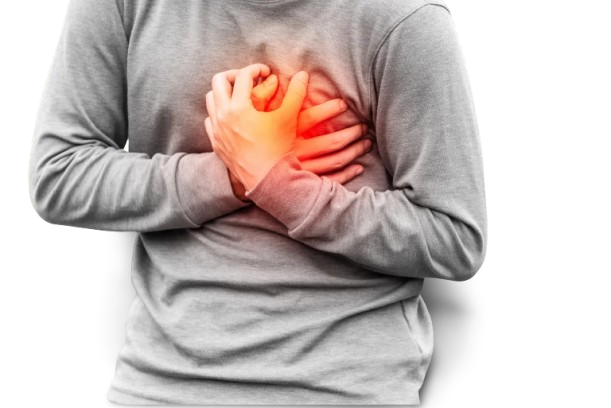What is causing your back pain? Home
Eighty percent of adults will experience significant low back pain sometime during their lifetime. Low back pain usually involves muscle spasm of the supportive muscles along the spine. Also, pain, numbness and tingling in the buttocks or lower extremity can be related to the back. Most cases of back pain are not caused by serious damage or disease but by minor sprains, strains or injuries, or a pinched or irritated nerve.
• Muscle strain. The muscles of the low back provide the strength and mobility for all activities of daily living. Strains occur when a muscle is overworked or weak.
• bending awkwardly or for long periods
• slouching in chairs
• twisting awkwardly
• overstretching
• driving or sitting in a hunched position or for long periods without taking a break
• overusing the muscles - for example, during sport or repetitive movements (repetitive strain injury)
• Ligament sprain. Ligaments connect the spinal vertebrae and provide stability for the low back. They can be injured with a sudden, forceful movement or prolonged stress.
• Poor posture. Poor postural alignment (such as slouching in front of the TV or sitting hunched over a desk) creates muscular fatigue, joint compression, and stresses the discs that cushion your vertebrae. Years of abuse can cause
• Muscular imbalances such as tightness and weakness, which also cause pain.
• Age. "Wear and tear" and inherited factors may cause degenerative changes in the discs (called degenerative disc disease), and joint degeneration of the facet joints of the spine (Called degenerative joint disease). Normal aging causes decreased bone density, strength and elasticity of muscles and ligaments. These effects can be minimized by regular exercise, proper lifting and moving techniques, proper nutrition and body composition, and avoidance of smoking.
• Disc bulge. or herniation, can cause pressure on a nerve, which can radiate pain down the leg. This generally responds well to a strengthening and stretching program and rarely requires surgery.
• Other causes of low back pain include bladder / kidney infection, endometriosis, cancer, or ovarian problems
• Sciatica Back pain is sometimes linked with pains in the leg which are called sciatica.
• Inflammation and wear of the sacroiliac joint
References:
- Http://www.webmd.com/back-pain/guide/causes-back-pain
- Https://uhs.berkeley.edu/sites/default/files/LowBackPain.pdf
- Http://www.nhs.uk/Conditions/Back-pain/Pages/Causes.aspx
- Www.csp.org.uk/sites/files/csp/secure/7_back_pain.pdf




































